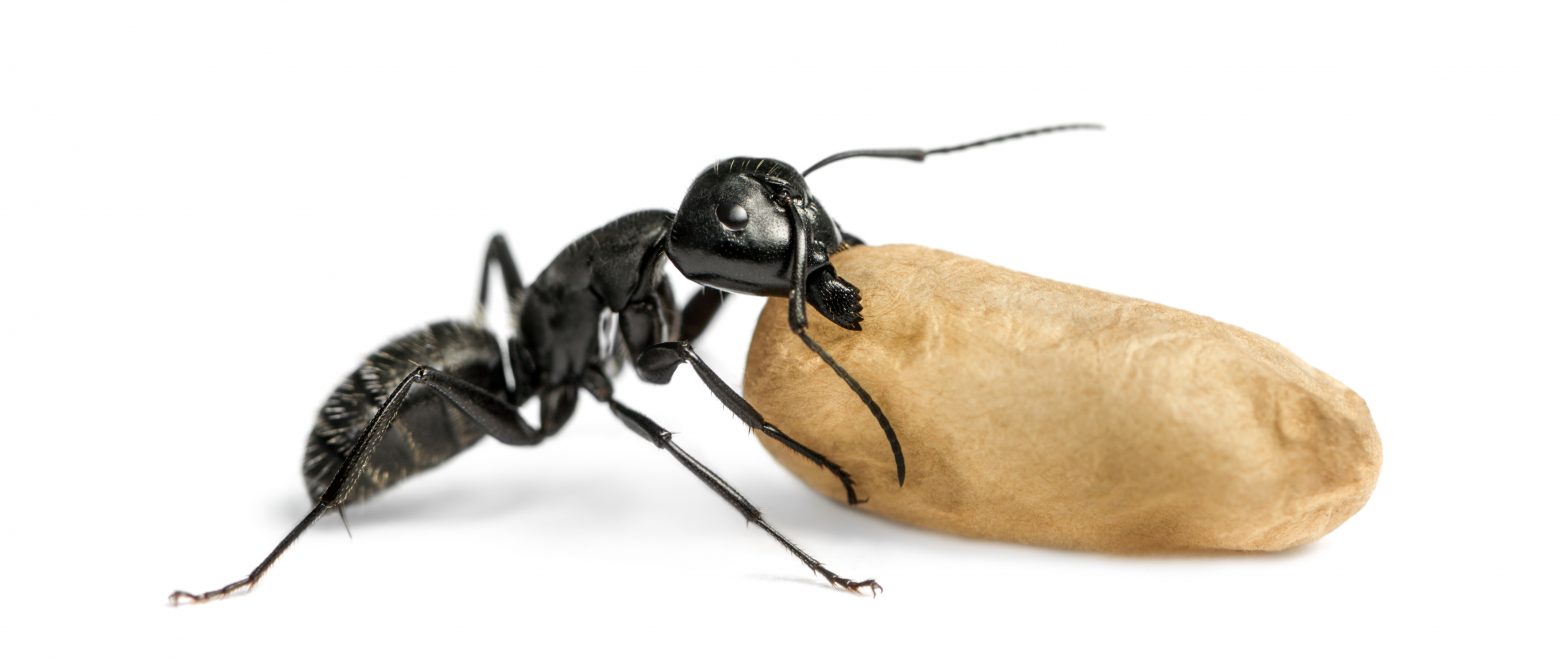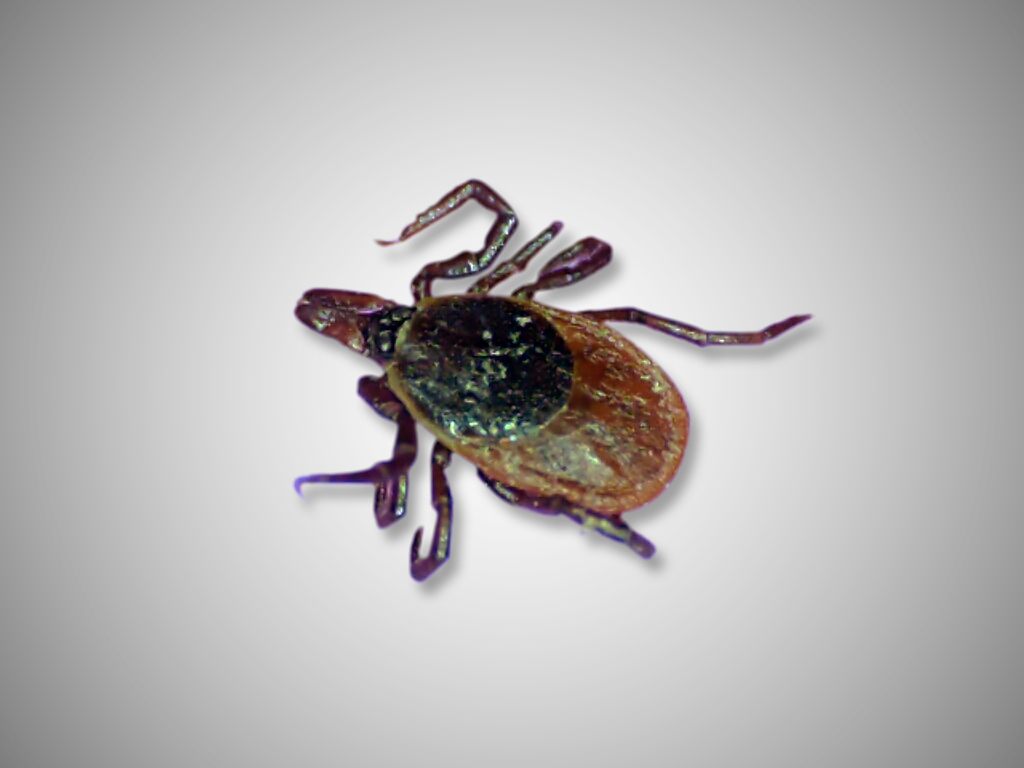Here a Carpenter Ant is carrying an egg. Carpenter ants work 24/7/365 to build and expand their territory. They are nocturnal so you’ll see most of their foraging at night. Carpenter ants can have a single nest or a colony with multiple “satellite nests”. These satellite nests are also known as feeder nests since they don’t have eggs, but they do have workers, mature larvae and pupae. Depending on the species and age of the colony, their population can range from 3,000 ants to over 100,000 ants! Carpenter ants get their name from their behavior to chew out galleries in wood for building their nest. They do not eat the wood, they only hollow it out for a home. The treatment protocol for carpenter ants can vary greatly depending on the activity that is seen. We have an assortment of products and methods for control carpenter ants. A thorough onsite inspection will determine the direction of treatment required.
Tag: pest control in hampden
The dreaded Lyme disease tick…
This is a Black Legged Tick, also known as the Deer Tick. This is the tick responsible for the spread of Lyme disease. They can vary in size depending on where they are in development. They live for about two years and are the biggest threat to humans and pets during late spring into summer. These ticks find their next host by “questing” or waiting. They do not seek you out but instead they lay and wait with their front arms outreached waiting for a passer by to grab on to. Feeding on a host can be as short as ten minutes or last a couple hours. Removing the tick as soon as possible is key in reducing risk of Lyme disease. It can take about 24 hours for the bacteria to be transmitted from the tick onto the new host, but it’s best not to wait that long and check yourself frequently when enjoying the outdoors.


